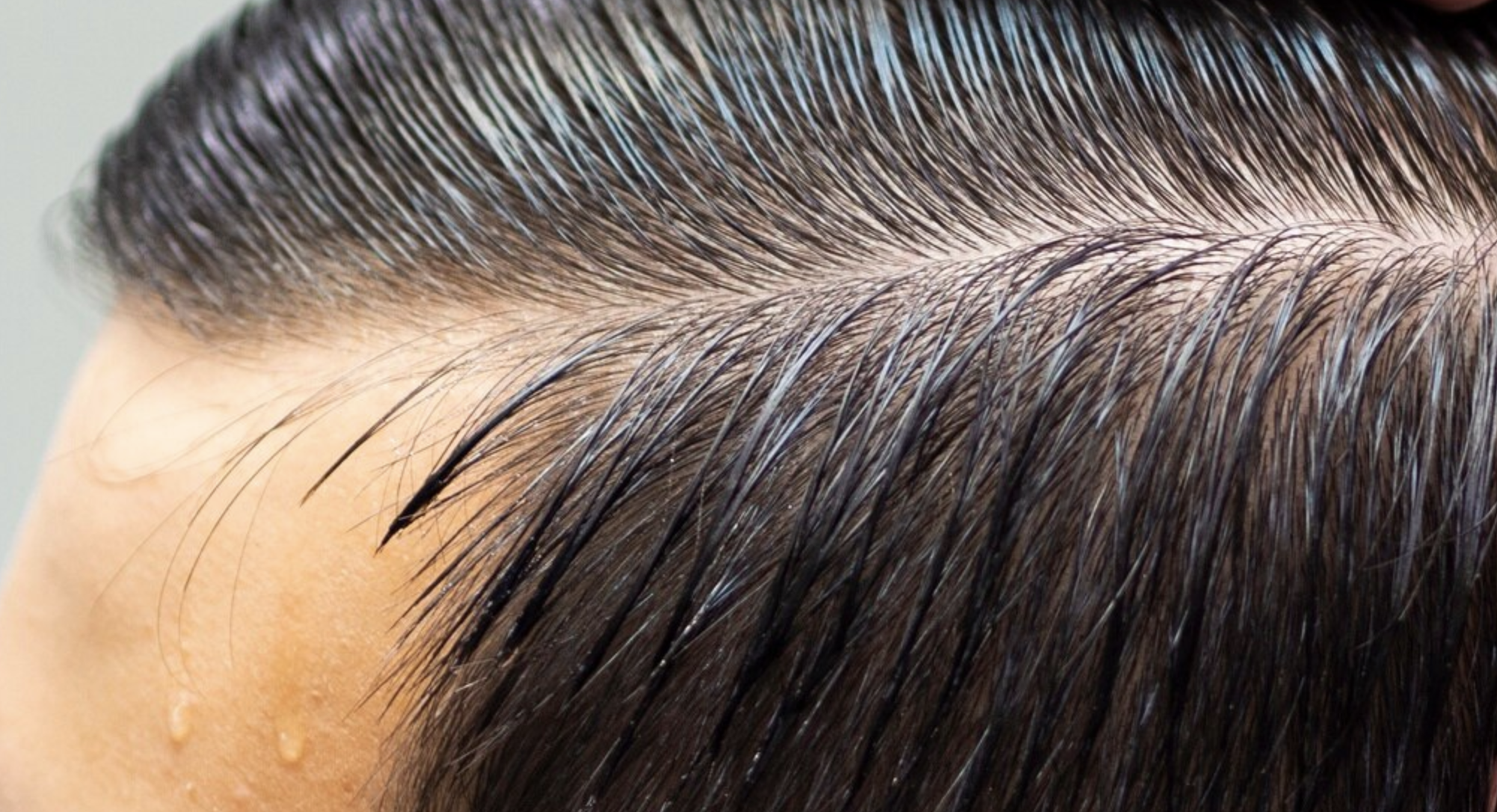
The Ultimate Guide to Hairline Reconstruction: Everything You Need to Know
Hairline reconstruction has become a go-to solution for individuals looking to restore or improve their hairline, whether due to genetic hair loss, aging, or other factors. This comprehensive guide will take you through everything you need to know about hairline reconstruction—from the causes of hairline thinning to the procedure itself and aftercare. We’ll also address some common questions to ensure you have a thorough understanding of what to expect.
What is Hairline Reconstruction?
Hairline reconstruction, often referred to as a hairline transplant, is a surgical procedure designed to restore a receding or thinning hairline. This treatment involves transplanting hair follicles from a donor area (usually the back or sides of the scalp) to the hairline. The goal is to create a natural-looking hairline that enhances facial symmetry and improves overall appearance.
Why Do People Seek Hairline Reconstruction?
Several factors can lead to hairline thinning or receding, prompting individuals to seek hairline reconstruction:
- Genetics: A receding hairline is often hereditary. If your parents or grandparents experienced hair loss, you might notice your hairline thinning as you age.
- Aging: As we grow older, hair naturally becomes thinner and more prone to falling out, especially around the hairline.
- Medical Conditions: Conditions like alopecia areata or hormonal imbalances can cause hair loss, leading to a receding hairline.
- Stress: High-stress levels can contribute to hair loss, sometimes resulting in a thinning hairline.
- Trauma: Physical trauma or burns can damage hair follicles, necessitating reconstruction.
How Does Hairline Reconstruction Work?
Hairline reconstruction is typically performed using one of two methods:
- Follicular Unit Transplantation (FUT): In this method, a strip of scalp is removed from the donor area, and individual hair follicles are extracted and transplanted to the hairline.
- Follicular Unit Extraction (FUE): This technique involves extracting individual hair follicles from the donor area and transplanting them to the hairline. FUE is less invasive and leaves minimal scarring compared to FUT.
The choice of technique depends on factors like the extent of hair loss, the patient’s hair type, and the surgeon’s recommendation.
What to Expect During the Procedure
- Consultation: Before the procedure, you’ll have a consultation with a hair restoration specialist. They will assess your hair loss, discuss your expectations, and determine the best approach for your hairline reconstruction.
- Preparation: On the day of the procedure, the donor area is shaved, and local anesthesia is applied to both the donor and recipient areas to minimize discomfort.
- Extraction: Depending on the method chosen (FUE or FUT), hair follicles are harvested from the donor area.
- Transplantation: The harvested follicles are carefully transplanted to the hairline in a pattern that mimics natural hair growth. This step requires precision to ensure the new hairline looks natural and complements your facial features.
- Recovery: After the procedure, you’ll receive instructions on how to care for the transplanted area. Mild discomfort, swelling, and redness are normal during the initial recovery period.
Post-Procedure Care and Recovery
After hairline reconstruction, proper care is essential for optimal results. Here are some tips to follow:
- Avoid Touching the Transplanted Area: Touching the newly transplanted follicles can disrupt the healing process.
- Follow Cleaning Instructions: Your surgeon will provide guidelines for gently cleaning the transplanted area to avoid infection.
- Avoid Sun Exposure: Protect your scalp from direct sunlight for several weeks after the procedure.
- Avoid Strenuous Activities: Physical exertion can increase blood flow to the scalp, leading to bleeding or dislodging of the transplanted follicles.
- Be Patient: It takes time for transplanted hair to grow. Initial shedding of the transplanted hair is normal, followed by new growth within a few months.
Results and Long-Term Expectations
Hairline reconstruction results are typically visible within 6-12 months after the procedure. The transplanted hair will grow naturally, and with proper care, it can last a lifetime. Patients often experience a boost in confidence and self-esteem, as a fuller, more defined hairline enhances their overall appearance.
FAQs about Hairline Reconstruction
1. Is hairline reconstruction painful?
The procedure is performed under local anesthesia, so you won’t feel pain during the surgery. Post-operative discomfort is usually mild and can be managed with prescribed medication.
2. How long does the procedure take?
The duration depends on the extent of the reconstruction but typically lasts between 4-8 hours.
3. Will I have visible scars after the procedure?
FUE leaves minimal scarring, which is usually not visible once the hair grows back. FUT may leave a linear scar, but it can be concealed by surrounding hair.
4. When can I return to work?
Most patients can return to work within a few days, depending on the nature of their job and their comfort level.
5. Can women undergo hairline reconstruction?
Yes, women can benefit from hairline reconstruction, especially if they experience hair thinning or a high hairline.
6. How much does hairline reconstruction cost?
The cost varies based on the extent of the procedure, the technique used, and the clinic’s location. It’s best to consult with a specialist for an accurate estimate.
7. Are the results permanent?
Yes, the results are permanent, as the transplanted hair follicles are resistant to the hormones that cause hair loss.
8. How do I choose the right surgeon?
Look for a board-certified hair restoration specialist with experience in hairline reconstruction. Check reviews, before-and-after photos, and ask for a consultation.
9. Can I undergo the procedure if I’m bald?
Hairline reconstruction requires a sufficient donor area. If you’re completely bald, other options like scalp micro-pigmentation may be recommended.
10. Are there any risks involved?
As with any surgical procedure, there are risks, including infection, scarring, and unsatisfactory results. Choosing a qualified surgeon minimizes these risks.
Conclusion
Hairline reconstruction is a life-changing procedure that can restore not only your hairline but also your confidence. Whether you’re dealing with a receding hairline due to genetics, aging, or other factors, this procedure offers a permanent solution to hair loss. With proper care and the right specialist, you can achieve a natural-looking hairline that complements your facial features.




